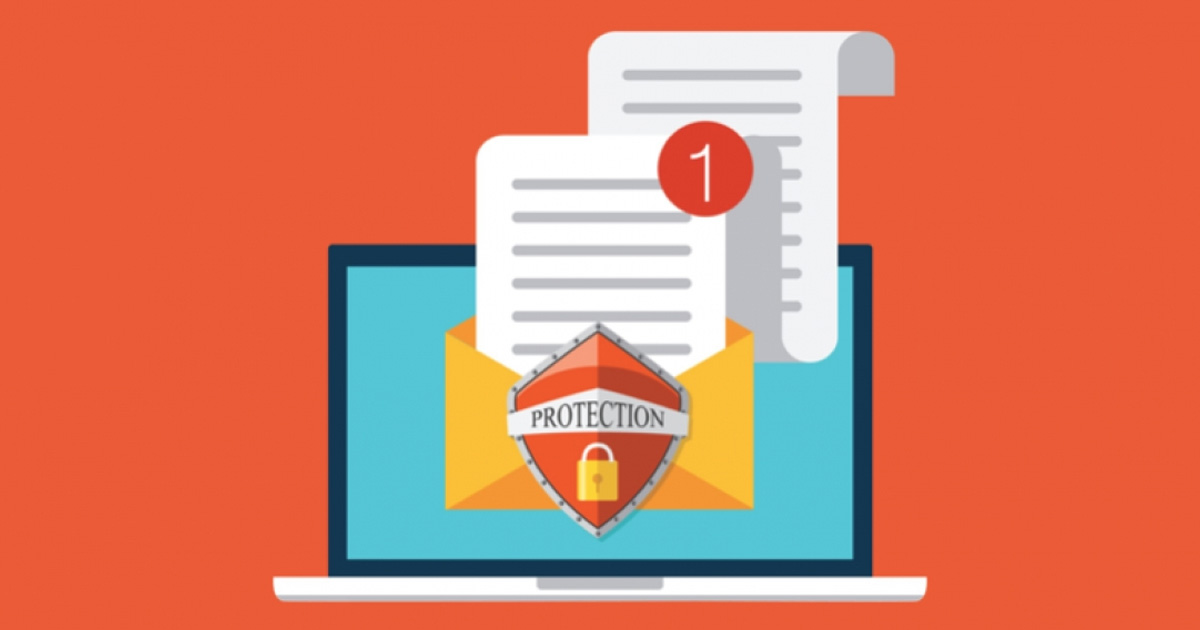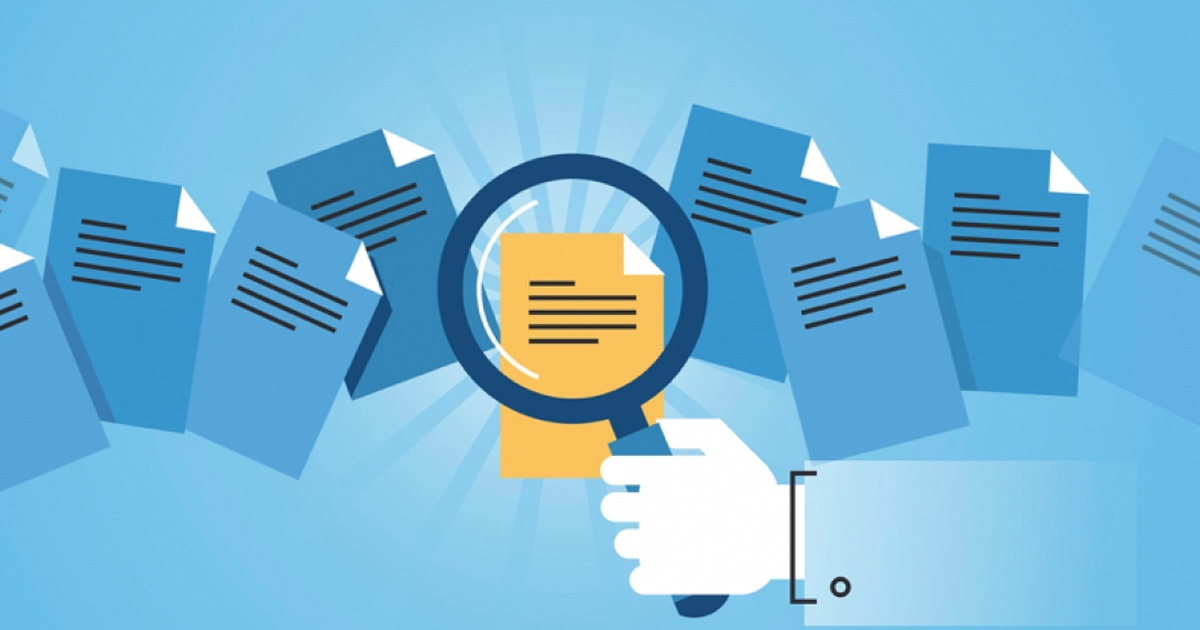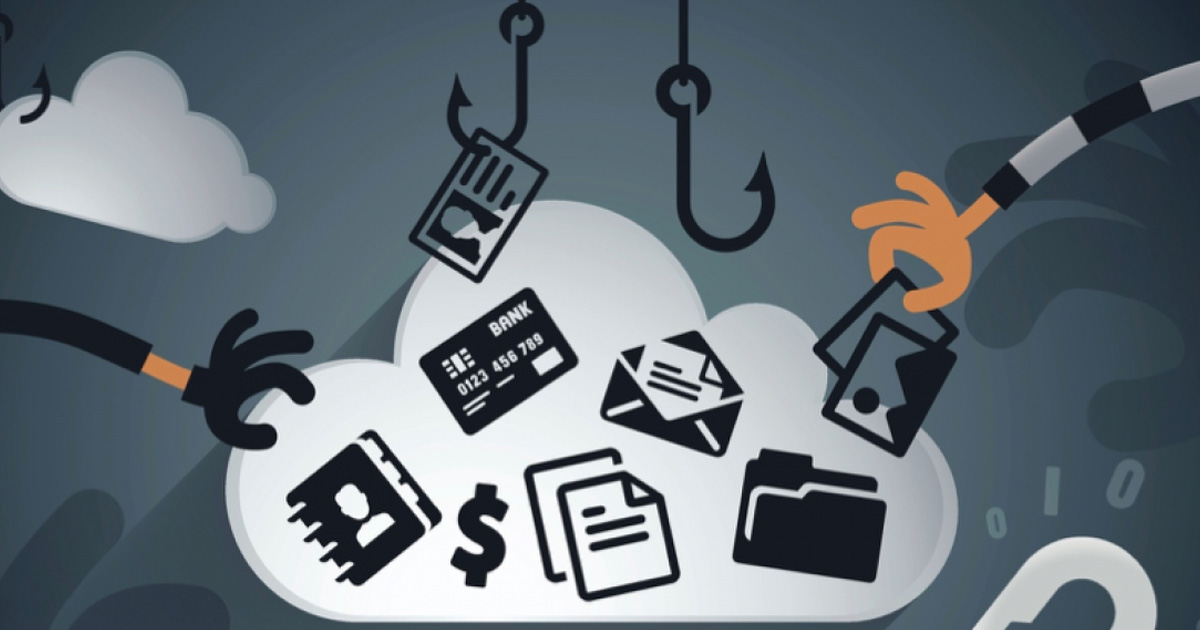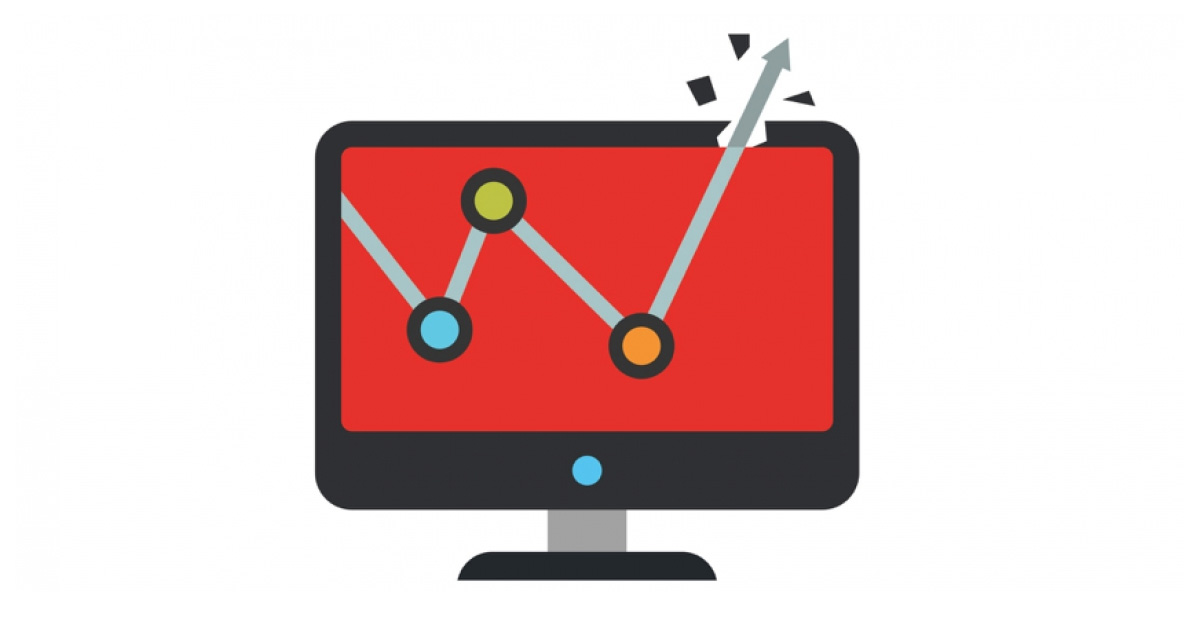In the thrilling universe of cybersecurity, it sometimes feels like we’re navigating through the wild, wild West. And in the wild, wild West there always must be an outlaw. Who is the outlaw in this landscape? AI. But before we dive into the topic, let’s set the stage by understanding what AI really is.
Artificial Intelligence, or AI, is an extensive branch of computer science dedicated to creating systems capable of performing tasks that typically require human intelligence, like recognizing speech, understanding natural language, and visual perception. Picture it as a versatile Swiss Army knife in our technological toolbox.
However, like any tool, AI isn’t always wielded for the greater good. The reality is that it can be used in ways we might never have imagined, some of which can lead us into treacherous territory. Imagine this – AI has the potential to impersonate you, me, or even Aunt Sally who still uses her birthday as her password. It can mimic our voices, our writing style, our online behavior to an unsettling degree. Think of it as an overly attached ex who knows way too much about you. But unlike your ex, it’s not interested in a reunion over coffee. It wants your data or a piece of information that is a part of a bigger puzzle to get to the data it really wants.
But here’s a twist. Not only could you be interacting with an AI, but you could also be communicating with a human who is using generative AI to craft and calculate their responses. It’s a tag team of human and AI, working together to manipulate an outcome they couldn’t achieve alone. It’s like a chess player using an AI to strategize their moves, making them almost unbeatable.
The most alarming part? It’s exceptionally good at it. AI can so convincingly play a role that it becomes increasingly challenging to separate fact from deep-fake fiction. It has been proven that it can even trigger emotion. You may think you’re interacting with a trusted colleague, friend, family member or partner when in reality, you’re divulging sensitive information to something that is entirely AI or a human with a heart full of malfeasance propped up by AI.
When it comes to the power and purpose of AI, I can’t emphasize enough – underestimate it at your peril. Don’t be misled into thinking your job is immune to its reach or that your work routines won’t be impacted. If AI were a player in the NFL, it’s not here for the practice games; it’s here for the Super Bowl. Yet, many people are woefully underprepared. They’re expected to play in the Super Bowl on Sunday without having even glanced at the practice footage on Friday.
The urgency of this looming threat, especially in the context of cyber-attacks, is profound. Imagine your organization as a fish, trapped within an intricate net. Where’s the weakest point in the net? That’s the spot the hackers, using AI as their tool, will exploit. All they need is one employee unaware of how AI can mimic trusted identities, and the net tightens, leaving no room for escape.
But it’s not all doom and gloom. While AI does pose substantial risks, acknowledging and understanding its potential to deceive us is the first step in building a stronger defense. Cybersecurity training, therefore, is crucial. Like taking vitamins – it won’t guarantee you’ll never get sick, but it gives you a fighting chance against the viruses of the cyber world.
Remember, security is only as strong as your weakest link. Hence, full awareness of the potential of AI, not only in our work but also in potentially undermining it, is paramount. AI is here to stay and evolve. It’s not a flash in the pan. So should our understanding and defenses against its potential misuse.
As technology charges forward, AI keeps pace, increasingly honing its ability to emulate human interactions. It’s even creating convincingly realistic digital humans – something I can vouch for personally. At Cardinal Point Technologies, we integrate AI into our framework to enhance our tools, IT systems, and processes. We leverage its illuminating insights to improve not only our own organizational development but also to provide comprehensive training for other organizations and help them understand where they need to adapt.
It’s important to remember that we should control technology; not let it gain control of us. We can use AI as a tool for progression, but we must also remain vigilant against its potential misuse. So, be aware, be safe, and question the digital identities you interact with online.
In our journey through the wild West of the cyber world, let’s ensure we’re the sheriffs, not the outlaws.










